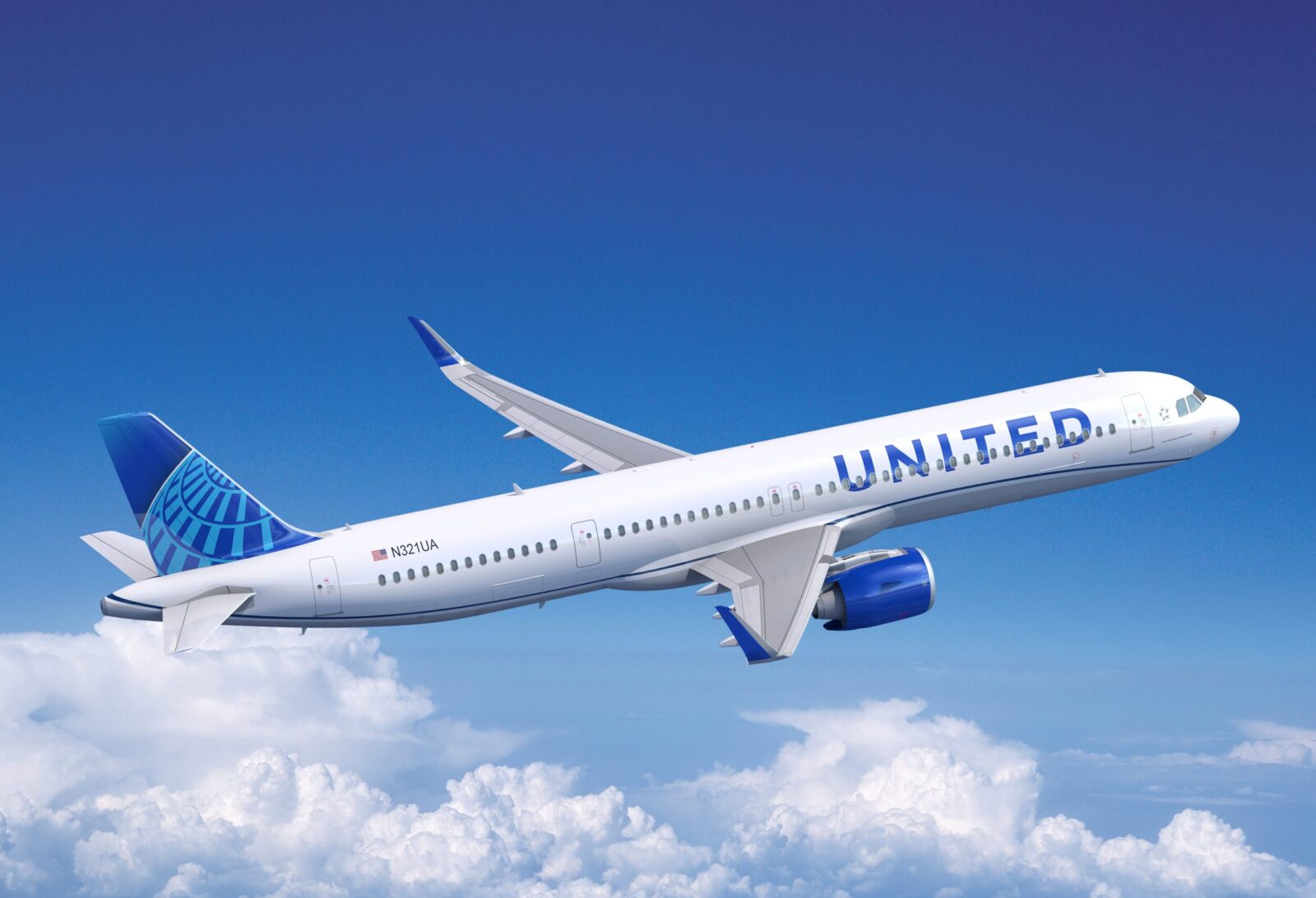
United Airlines is said to be nearing a deal with aircaft leasing firms to get its hands on up to 36 Airbus A321neo single-aisle jets as it looks to fill a gap in its future fleet plans created by delays in the certification of rival Boeing’s troubled 737MAX-10.
Chief executive Scott Kirby told investors last week that the Chicago-based carrier was ‘in the market’ for additional A321neos, although Kirby cautioned that United would only strike a deal if the price was right.
Following the grounding of certain Boeing 737MAX jets earlier this year after the mid-cabin exit plug blowout on an Alaska Airlines flight, Airbus was said to be tapping customers of its A321neo to release delivery slots to United in order to win an additional order.
Delivery slots for both Airbus and Boeing single-aisle jets are booked out for years ahead so any attempt by the European aircraft manufacturer to win additional orders on the back of Boeing’s woes are fraught with difficulty.
United has ordered a total of 180 Airbus A321neos, including at least 50 longer range A321XLR jets. So far, however, United has only taken delivery of six A321neos according to the latest delivery data supplied by Airbus.
Bloomberg now reports, however, that United is close to securing 36 additional A321neos which would be delivered between 2025 and 2027.
United told Boeing last week to stop it building MAX-10s while the certification process drags on and instead concentrate on building smaller MAX-9 jets. The MAX-10 is the highest capacity version of the 737MAX family but United could completely swap this variant out for the A321neo equivalent.
Related
Mateusz Maszczynski honed his skills as an international flight attendant at the most prominent airline in the Middle East and has been flying ever since... most recently for a well known European airline. Matt is passionate about the aviation industry and has become an expert in passenger experience and human-centric stories. Always keeping an ear close to the ground, Matt's industry insights, analysis and news coverage is frequently relied upon by some of the biggest names in journalism.







